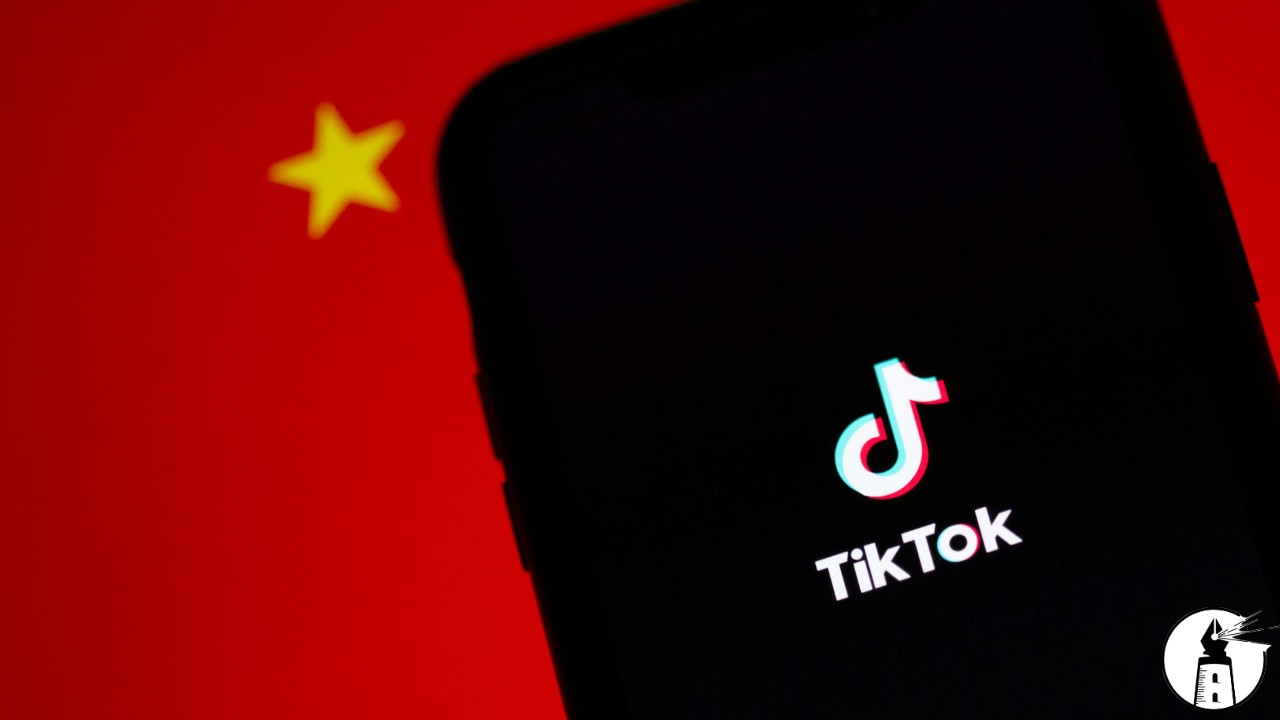At the start of 2025, Google implemented a program for Pixel 4a users that reignited debates about planned obsolescence in technology. The Pixel 4a Battery Performance Program was launched with promises of a new Android 13 update featuring “battery management features,” alongside options for free battery replacements or discounts on new hardware. However, the rollout left many users frustrated, as it removed all previous factory updates for the Pixel 4a, leaving only the new update available for installation. This aggressive approach prevented users from reverting to older versions, forcing them to either accept the changes or opt for a new phone entirely.
The new update introduced significant trade-offs for users. It explicitly reduced battery capacity and charging performance, with Google stating these changes were necessary for maintaining device safety. While the program provided options for free battery replacements, inspections during the process often flagged other issues requiring additional repairs, leaving some users with unexpected costs. The other solutions, such as monetary compensation or a discount on a new Pixel device, reinforced the perception that the Pixel 4a was being nudged into obsolescence, just five years after its release.
This is not the first time a tech company has implemented changes that limit the functionality of older devices. Apple once faced backlash when it introduced a software update that throttled performance on older iPhones. The company justified the decision as a means to preserve battery health and prevent unexpected shutdowns. Yet, the move was widely criticized for being implemented without user consent or transparency, leading to accusations of planned obsolescence and lawsuits that resulted in settlement payouts and policy changes.
Microsoft has also taken steps that have been interpreted as pushing users toward newer hardware. The release of Windows 11 came with stringent hardware requirements, including the need for modern processors and security features. These limitations excluded many computers that were otherwise fully functional. Users with older systems were left with the choice of upgrading their hardware or continuing to use unsupported operating systems, effectively shortening the lifespan of their devices.
Planned obsolescence is a common business strategy across industries, but its implementation in technology feels particularly impactful. Devices like smartphones and computers are not only expensive but also integral to daily life. Forcing users to either accept reduced performance or invest in new hardware raises questions about sustainability and consumer rights. Environmental concerns compound the issue, as premature obsolescence contributes to electronic waste, which is an ongoing global challenge.
The Pixel 4a Battery Performance Program reflects the tension between ensuring user safety and driving business interests. While Google provided options for affected users, the removal of three years’ worth of factory updates highlights a broader trend of companies controlling how long devices remain viable. Whether justified as a safety measure or not, such actions inevitably feed into the perception that companies prioritize pushing new purchases over supporting existing products.
As technology continues to evolve rapidly, the challenge remains to balance innovation with fairness and sustainability. Consumers are increasingly aware of the strategies employed by tech companies and are demanding greater transparency and accountability. The debate over planned obsolescence will undoubtedly continue, as companies weigh the desire for profits against the need to maintain consumer trust.
—By Greg Collier


